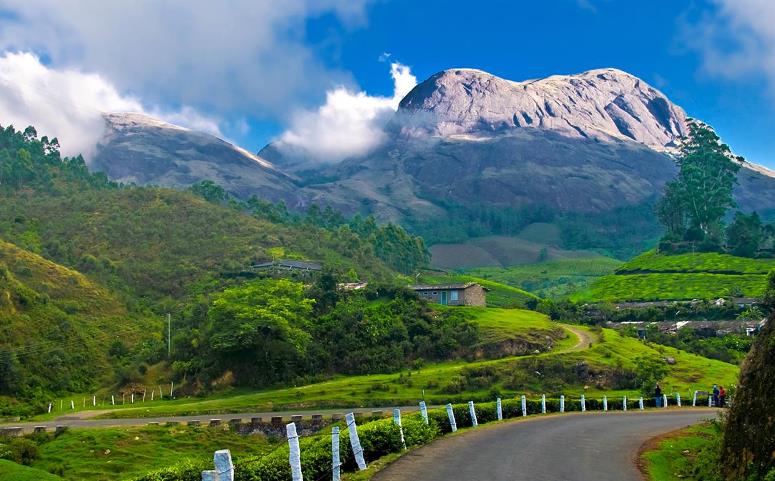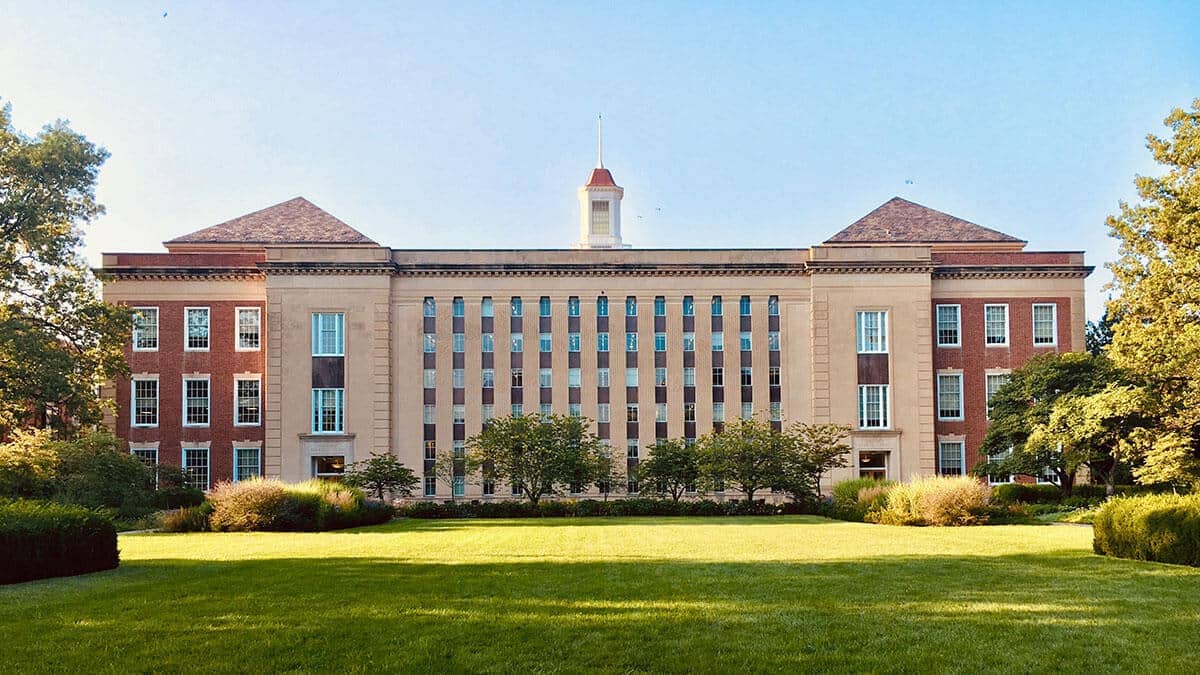Time In Alicante Spain
Alicante Spain: Alicante, capital of the Costa Blanca, is located on the east coast of Spain. The city offers tourist-related products involved with cultural, shopping, golf, nautical, gastronomic, and leisure sectors, as well as business and incentives. The airport is 8 miles from the city and connects to most major European destinations.
Of all Spain’s mainland provincial capitals, Alicante (Valenciano: Alacant) is the most influenced by tourism, thanks to the nearby airport and resorts. Nevertheless, it is a dynamic, attractive Spanish city with a castle, old quarter, and long waterfront. The eating scene is exciting and the nightlife is absolutely legendary, whether you’re chugging pints with the stag parties at 7 pm or twirling on the dance floor with the locals seven hours later. On a weekend night, it’s impossibly busy and buzzy year-round.

Alicante has a varied and rich cultural and leisure offer that includes different possibilities such as the Archaeological Museum MARQ, declared The Best European Museum in 2004, Santa Bárbara Castle, the MUBAG Fine Arts Museum, the Nativity Scene Museum, the Hogueras Museum, the Bullfighting Museum…
For those who prefer to enjoy the city breathing fresh air, Alicante has many parks and promenades such as the Ereta Park, located on the side of Mount Benacantil, or the famous Explanada de España, the Marina, and the promenades surrounding our beaches.
Is Alicante Spain worth visiting?
Yes, Alicante is a wonderful holiday destination! Alicante is in Spain’s Costa Blanca, one of the most beautiful areas of Spain. This geographical area is composed of 244 kilometers of sandy beaches, caves, and cliffs.
What is Alicante Spain known for?
Alicante is famous for its wonderful palm tree flanked boulevards and shopping streets. The original name of the city “Lucentum” translates as “City of Light”. This attractive town along the Costa Blanca has stunning beaches, huge plazas, wonderful parks, and lots of adventure as well as great weather.
What language is spoken in Alicante Spain?
Alicante Spain Real Estate
Alicante, Valencian Alacant, port city, capital of Alicante Provincia (province), in the Comunidad autónoma (autonomous community) of Valencia, southeastern Spain. It is located on Alicante Bay of the Mediterranean Sea. Founded as Akra Leuke (“White Summit”) by Phocaean Greeks (from the west coast of Asia Minor) in 325 BC, the city was captured in 201 BC by the Romans, who called it Lucentum. Under Moorish domination, which lasted from 718 to 1249, it was called Al-Akant. It was later incorporated into the kingdom of Aragon and was besieged by the French in 1709 and by the Federalists of Cartagena in 1873.
The city is dominated by Benacantil Hill (721 feet [220 meters]) and the citadel of Santa Bárbara (1,000 feet [305 meters]), the earliest foundations of which date from 230 BC. Arrabal Roig, the old quarter, overlooks the bay from the heights known as the Balcón del Mediterráneo (“Mediterranean Balcony”). Notable landmarks in Alicante include the Baroque town hall (1701–60), the Church of Santa María (14th century), and the Renaissance collegiate church of San Nicolás de Bari (18th century).
Alicante serves as the commercial port of Madrid and has excellent road, rail, and air transportation facilities. Its main products are wine, raisins, vegetables, and esparto grass—all exported—and tomatoes, bricks, cigarettes, aluminum utensils, furniture, and embroideries. Local commerce and services are the main economic activities of Alicante. Its mild climate makes it a winter resort, and the beaches of the Costa Blanca (part of the Mediterranean coast) are a popular tourist attraction. Pop. (2007 est.) mun., 322,673.
Alicante Spain Beach
Right next to the old town is a very serviceable beach, if you don’t want to travel far for a dose of sea and sand. Playa del Postiguet is a finger of golden sand washed by very light waves.
You have to wade out quite far before the sea even reaches waist-height and from the water, there are great views back to the dominant walls of Santa Barbara.
Given its size and location, the beach can get a bit hectic in summer, but the central location means there’s no shortage of places to pick up lunch.
The oldest and prettiest church in the city is close to the foot of the mountain, and a few streets from Postiguet Beach.
Like many churches in Spain Santa María was built over a former mosque after Alicante had been taken back from the Moors in the 13th century.
The first thing you’ll notice is the church’s somber-looking twin towers. What’s interesting about these is that even though they look identical, the one on the right is from the 1300s, while the left one is actually from the 1800s.
Within check out the gothic 14th-century statue of Santa María and a medieval incunable, an early printed book from the 1200s.
Things To Do In Alicante Spain
Alicante is the capital of eastern Spain’s Costa Blanca holiday region. The name comes from the endless sequence of white sandy beaches in this part of the country. The city has all the relaxation and fun of the seaside with the history and sights you’d want from a city break: There’s a medieval fortress towering over the city and a classic Mediterranean old-town with whitewashed houses and cobblestone streets.
You’ll spend mornings at museums and churches, and afternoons swimming in clear waters or dozing under a parasol. The modern tram network in Alicante makes it a breeze to get from one attraction to the next.
Let’s explore the best things to do in Alicante:
1. Castle of Santa Barbara
Crowning Benacantil mountain, the vast, monumental rock looming over Alicante, is a fortress with medieval Arab origins. The most recent renovations took place during Spain’s Golden Age in the 1500s, but if you look closely you’ll find little fragments from Moorish times.
If you go on foot the best time to make the climb is early in the morning before the sun is at its fiercest, but there’s also a lift that runs from just behind Postiguet Beach. Everyone should get up to the battlements and gaze in awe at the panorama of Alicante, the Mediterranean, and dark, mountainous countryside.
2. Explanada de España
Alicante’s refined, the marble-laid promenade is useful for way-finding, as it starts in the old-town and continues along the city’s seafront next to the marina.
In most Spanish cities a family walk is part of the lifestyle, and promenades like the Explanada de España help you do it in style.
You’ll get a real sense of Alicante’s ambiance as you stroll beneath the palms and watch daily life in the city unfold around you at terraces and market stalls.
There are lovely coastal views, and after dark, in summer this brightly lit walkway benefits from refreshing sea breezes at the end of sweltering days.
3. Archaeological Museum
Alicante’s MARQ Provincial Archaeological Museum is just the place if you’re wondering about Alicante’s origins.
You’ll start in prehistory with the hunter-gatherers and see the first hand-crafted metallic items forged around Alicante.
Then there’s the Iberian room, devoted to the many pre-Roman archaeological sites close by that have yielded wonderful pieces of sculpture and ceramics.
The Roman city of Lucentum was close to modern Alicante and the wide range of pottery, jewelry, and other everyday items recovered from digs there.
Perhaps most thrilling of all is the displays that cover medieval times when for a brief period, Jewish, Islamic, and Christian cultures existed side-by-side.
4. Casco Antiguo
You won’t mind getting lost in the old part of Alicante, a bit like a village in the center of town. This neighborhood is sprawled on the hillside beneath the castle, and to get around you’ll need to negotiate steep streets and stairways between high whitewashed walls.
Locals take great pride in their homes, decorating their balconies and doorsteps with fresh flowers, and painting their shutters in blues and greens.
If you need a breather you can always take the weight off at one of the many cafes and restaurants in this part of the city.










